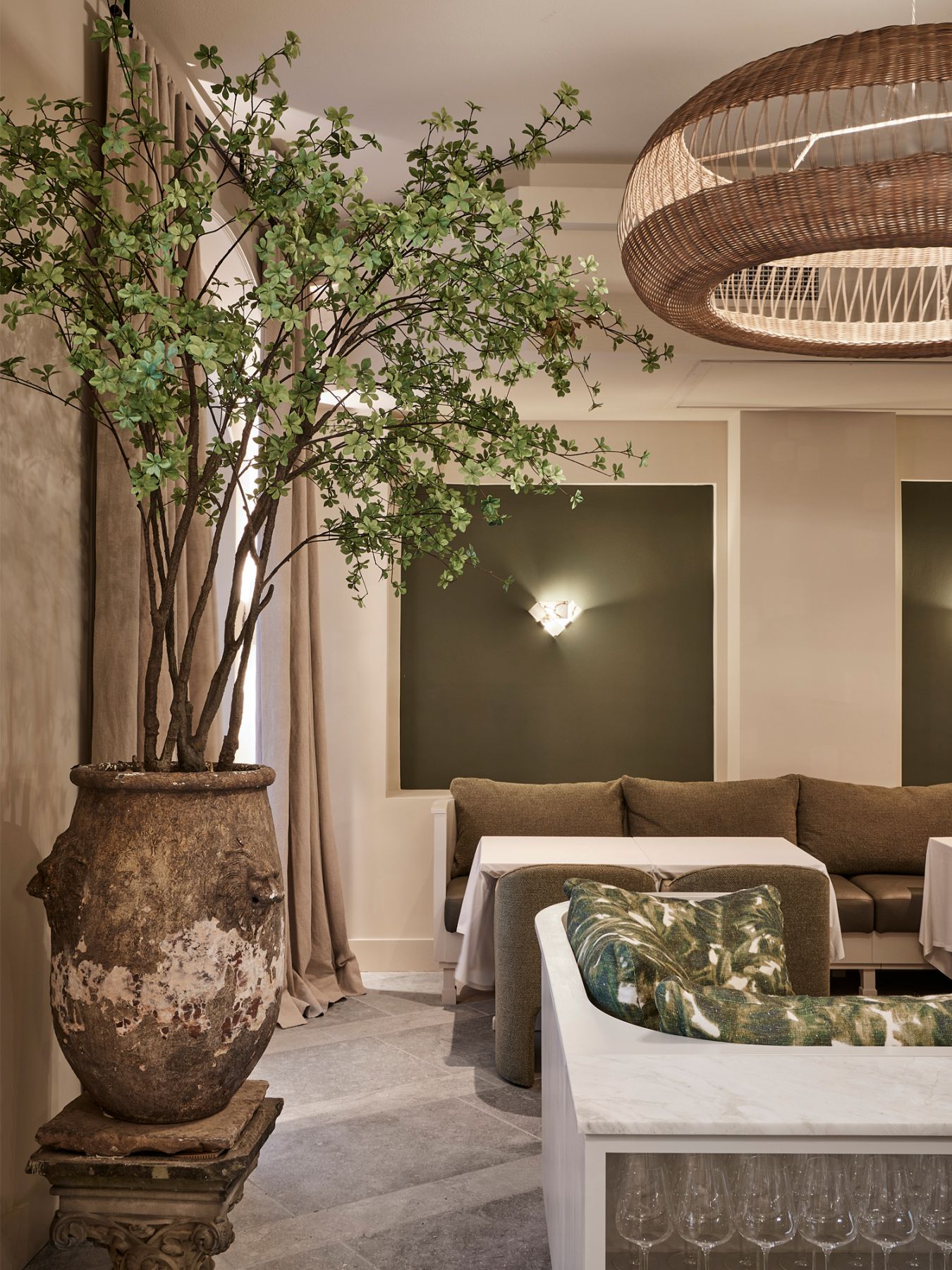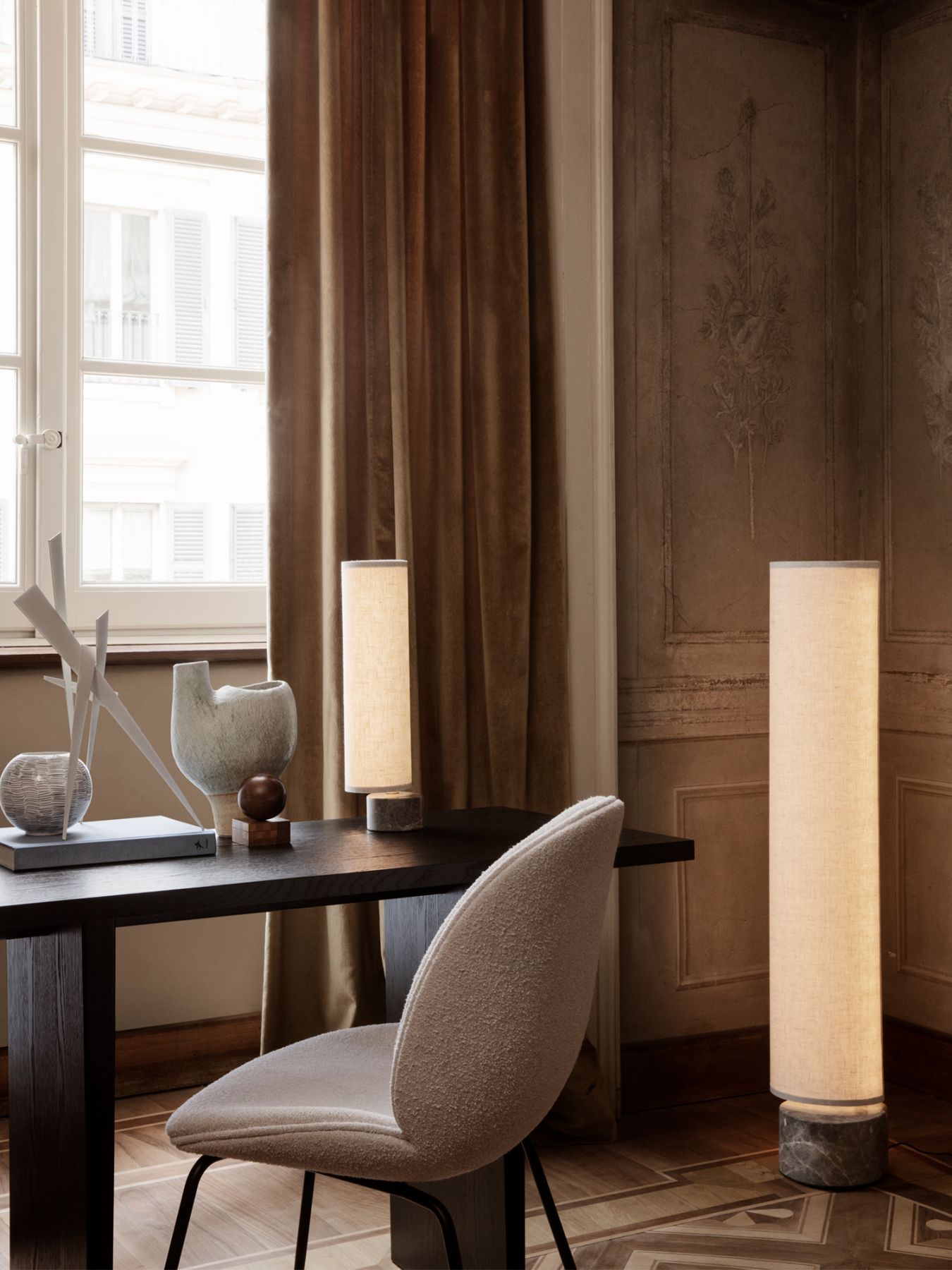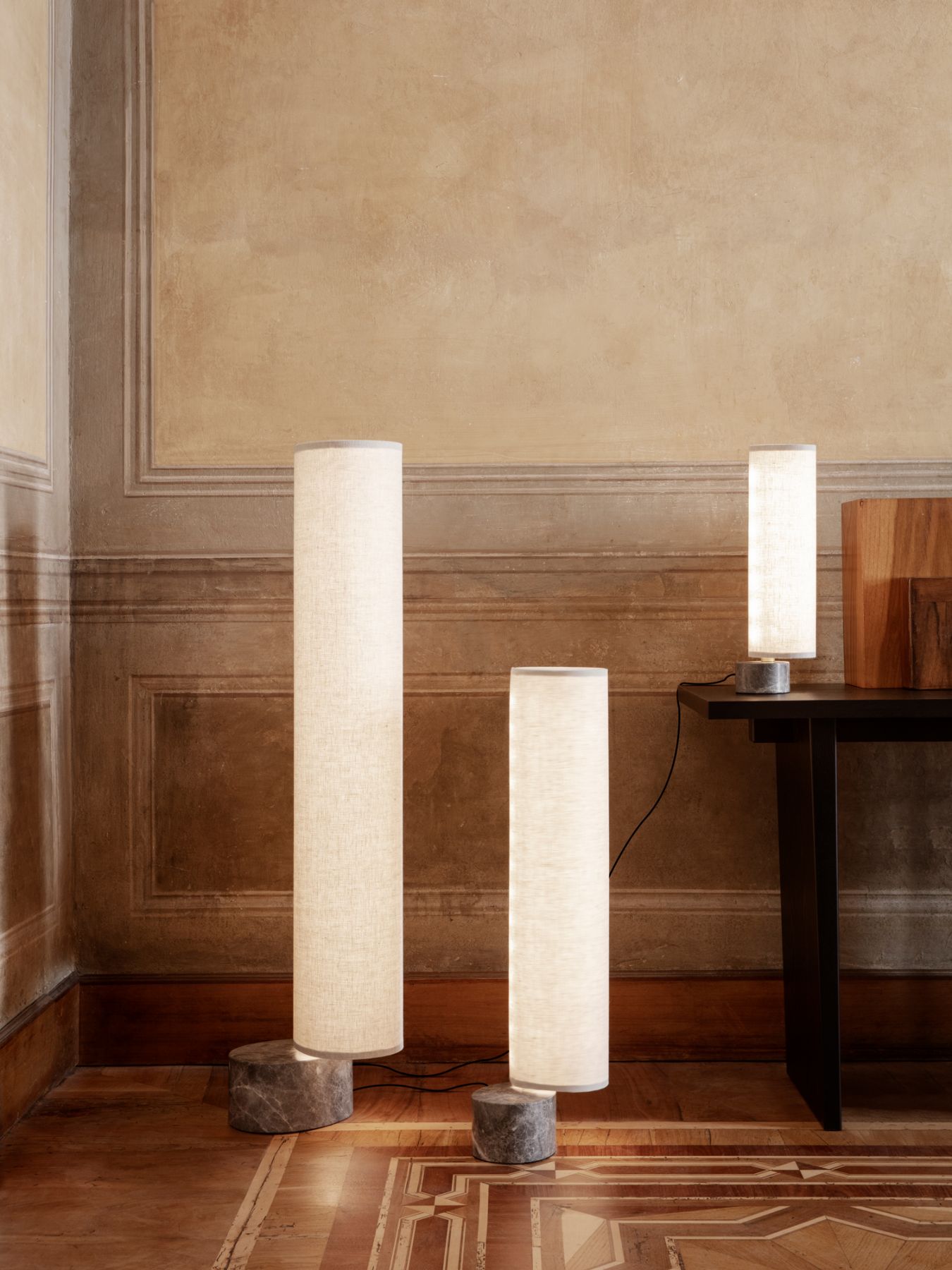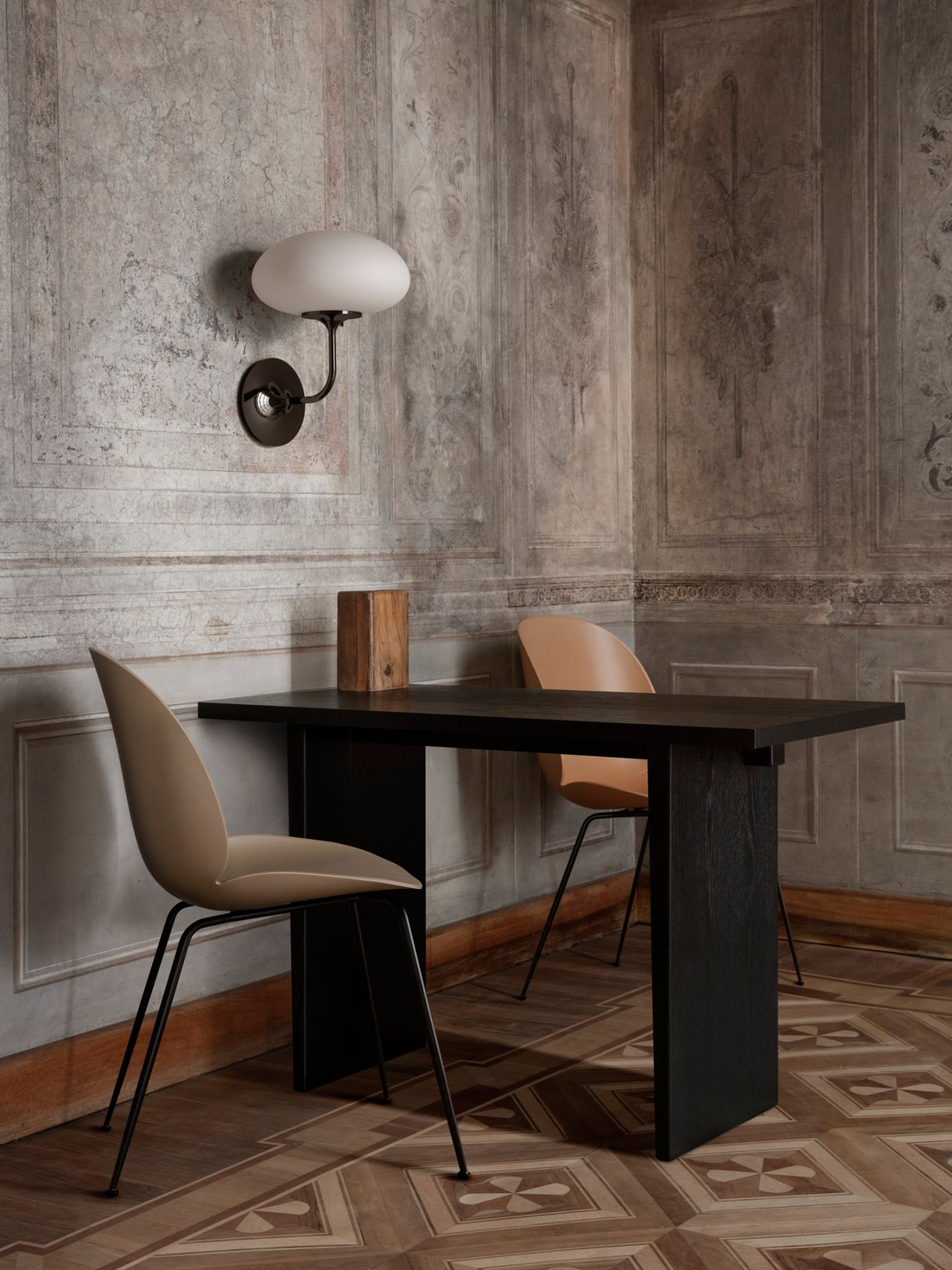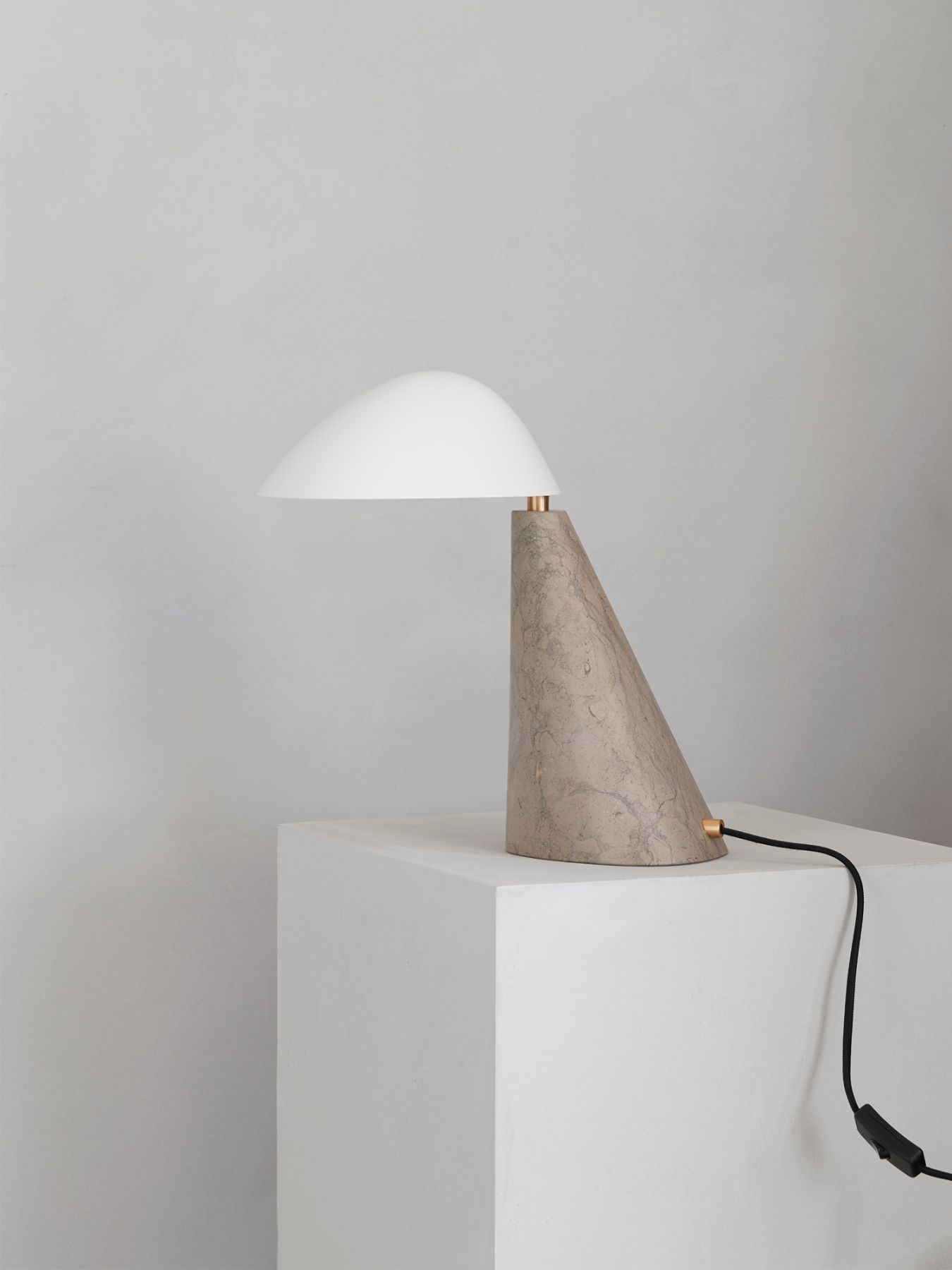Space Copenhagen is the firm behind the interior design of some of the most celebrated restaurants on the World’s 50 Best Restaurants list; here, the co-founders Signe Bindslev Henriksen and Peter Bundgaard Rützou share how emotions and feelings guide their work.
What's the key to crafting a memorable interior? For Danish design studio Space Copenhagen, it’s empathy.
“Spaces have an immediate impact on whoever takes them into use and possession. Entering a space tricks something intuitively in your body and mind. Senses at large are trying to translate impressions into emotion. In each case, we carefully try to understand what that is,” explain Signe Bindslev Henriksen and Peter Bundgaard Rützou, the designers that lead Space Copenhagen. “Furthermore, we try not to have any predefined position as to solutions and we always enter into a dialogue with the client where we investigate aspirations, ambition, limitations, site, and functions for each project.”
Don't miss: Mood Board: Luca Nichetto on Combining His Italian and Swedish Design Influences
Established in 2005, the Danish design studio is based in Copenhagen and is known for designing distinctive, multilayered spaces that are marked with a soulful character. These include the award-winning 11 Howard hotel in New York and The Stratford hotel in London.
The designers are also behind several acclaimed restaurants in Copenhagen that sit at the top of the World’s 50 Best Restaurants 2021, which include restaurant Geranium and the first design iteration of Noma.
In case you missed it: World’s 50 Best Restaurants 2021: Noma Named Best For Fifth Time As The Chairman and Odette Break Top 10



